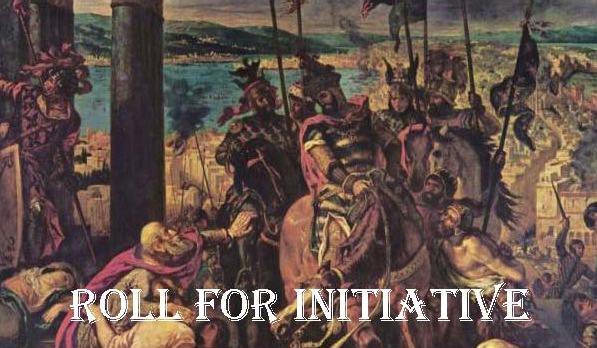The Thule Society and the Ahnenerbe were both real organizations. The former was a secret society formed in Germany in the dying days of WWI. The Thule Society was created to advance a theory of German racial superiority based on the works of 19th-century mystic, Helena Blavatsky. Though never a large organization, several of its members would be influential in the early days of the Nazi party. Rudolf Hess and Hans Frank were known to be active members, while Dietrich Eckart, Heinrich Himmler, Alfred Rosenburg and Hermann Göring were believed to have had some association. The formal association between the Thule Society and the German Worker's Party (later to become the Nazi Party) was severed at Hitler's insistence in 1920 and the organization was dissolved in 1925. However, one of its founders, Rudolf von Sebottendorff revived it briefly in 1933. The Nazis moved to suppress the organization and von Subottendorff was imprisoned briefly, before being released and fleeing to Turkey. That is where the official history of the Thule Society ends and the unofficial history begins. Rudolf Hess still believed in the theories of the Thule Society, even if the Führer did not. Working behind the scenes for the next several years, he aided the Thule Society, providing documents and money to former members, allowing them to escape Germany and set up branches of the organization in Istanbul and London. During that time, Thule members delved deeper into the occult, learning about sorcery and psychic powers, parallel dimensions and extraterrestrial beings. The mysticism of Madame Blavatsky, the racist theories of Houston Stewart Chamberlain and the speculations regarding Atlantis advanced by Ignatius Donnelly, combined with their own occult experimentation and their sense of betrayal by Hitler, forged a powerful league of sorcerers determined to overthrow the Führer and bring about an Aryan superpower that would encorporate all the Anglo-Germanic nations of the world, including Britain and America.
The sorcerers and psychics of the Thule Society faced a difficult dilemma in the early stages of the war. They wanted to undermine Hitler, but the success of the military campaigns in Poland and France served their interests. Furthermore, what efforts they did undertake were easily countered by Nazi blood mages, who were far more numerous and powerful than the Thules realized. In fact, Nazi occult research had advanced far more than that of the Thule Society. A secretive bureau within the SS known as the Ahnenerbe, created by Himmler, was advancing the theories of the Thule Society far beyond anything that had been conceived of before. Formed in 1935, they had, by the start of the war, made contact and even alliances with extradimensional beings. They had learned much from these entities and their sorcerous knowledge had grown exponentially. Opponents, such as the Thule Society and the Sons of Solomon (descendants of the Knights Templar from which the OSI would be formed), were no match for the sorcerers of the Ahnenerbe. Indeed, only Aleister Crowley, Britain's most powerful sorcerer, had any insight into what the Ahnenerbe was capable of and his grip on sanity was failing by then. Oddly enough, the Ahnenerbe and the Thule Society were working toward the same goal, removal of Hitler and the establishment of an Aryan empire that would span the globe. However, the Ahnenerbe had far more ambition and could see much farther into realms of space and time that were beyond the modest abilities of the Thules. They needed to keep the Führer around for awhile longer until their grand plan could be fully realized. On December 25, 1944 at a place of horror in southern Poland, the first stage of that plan came to fruition.
-Rognar-
DaveCon 3 is happening right now!
12 hours ago













